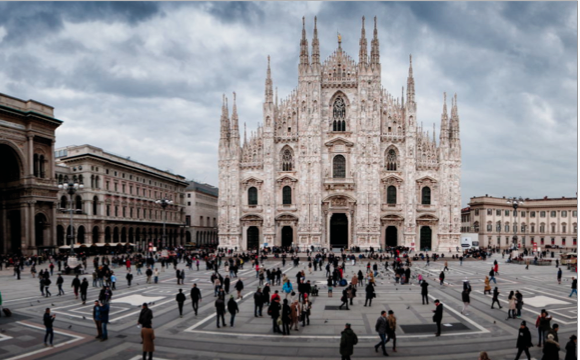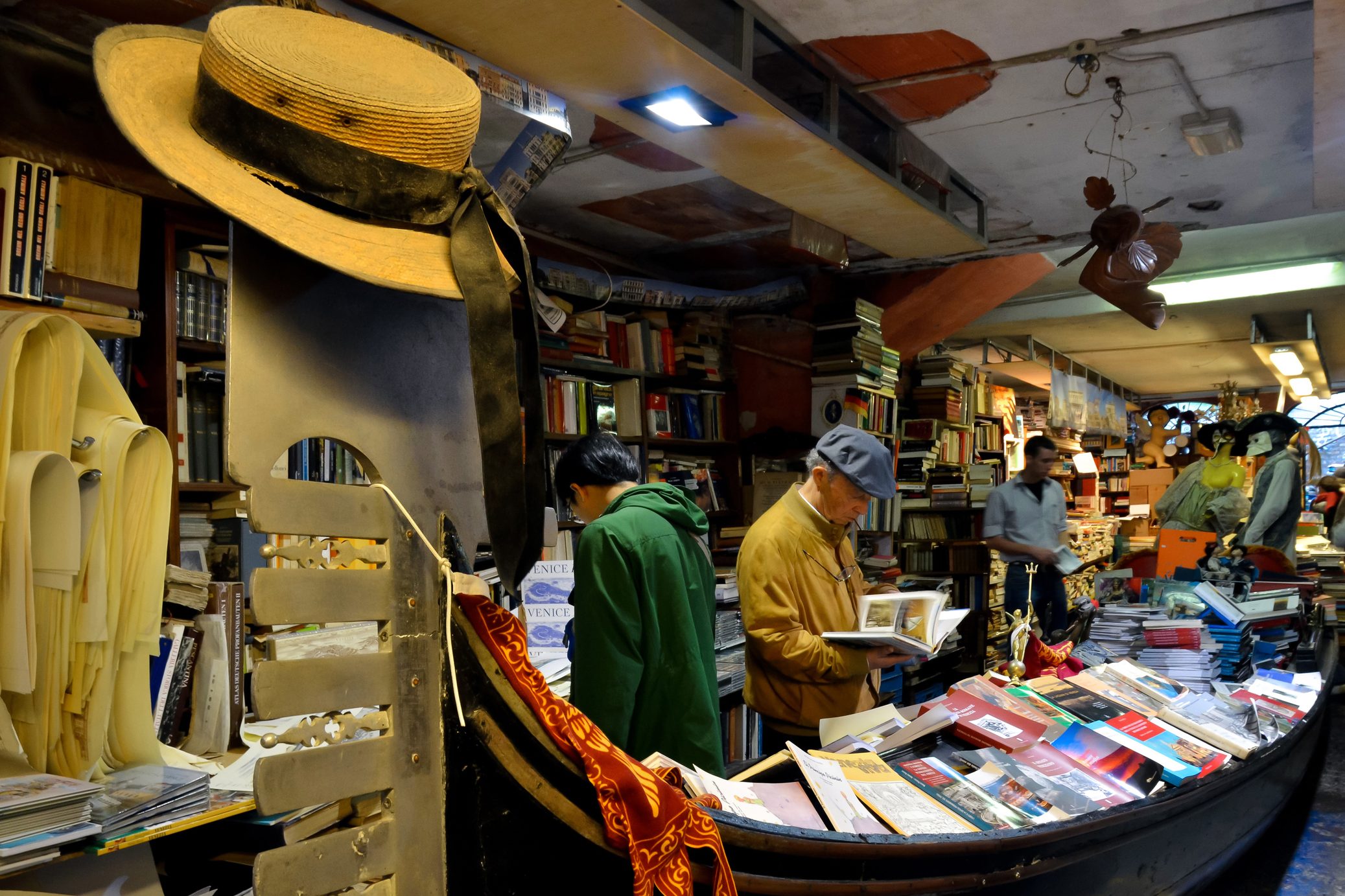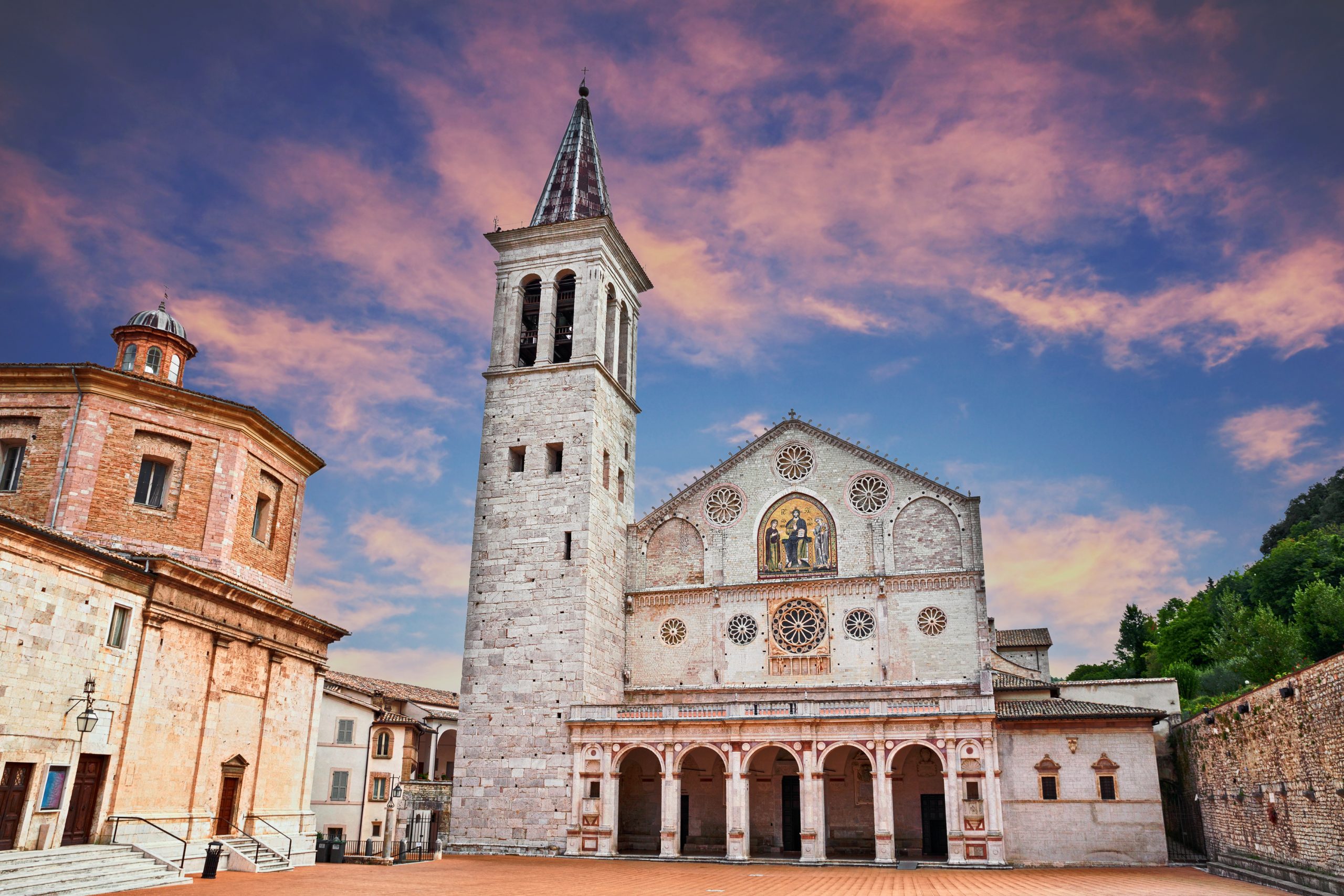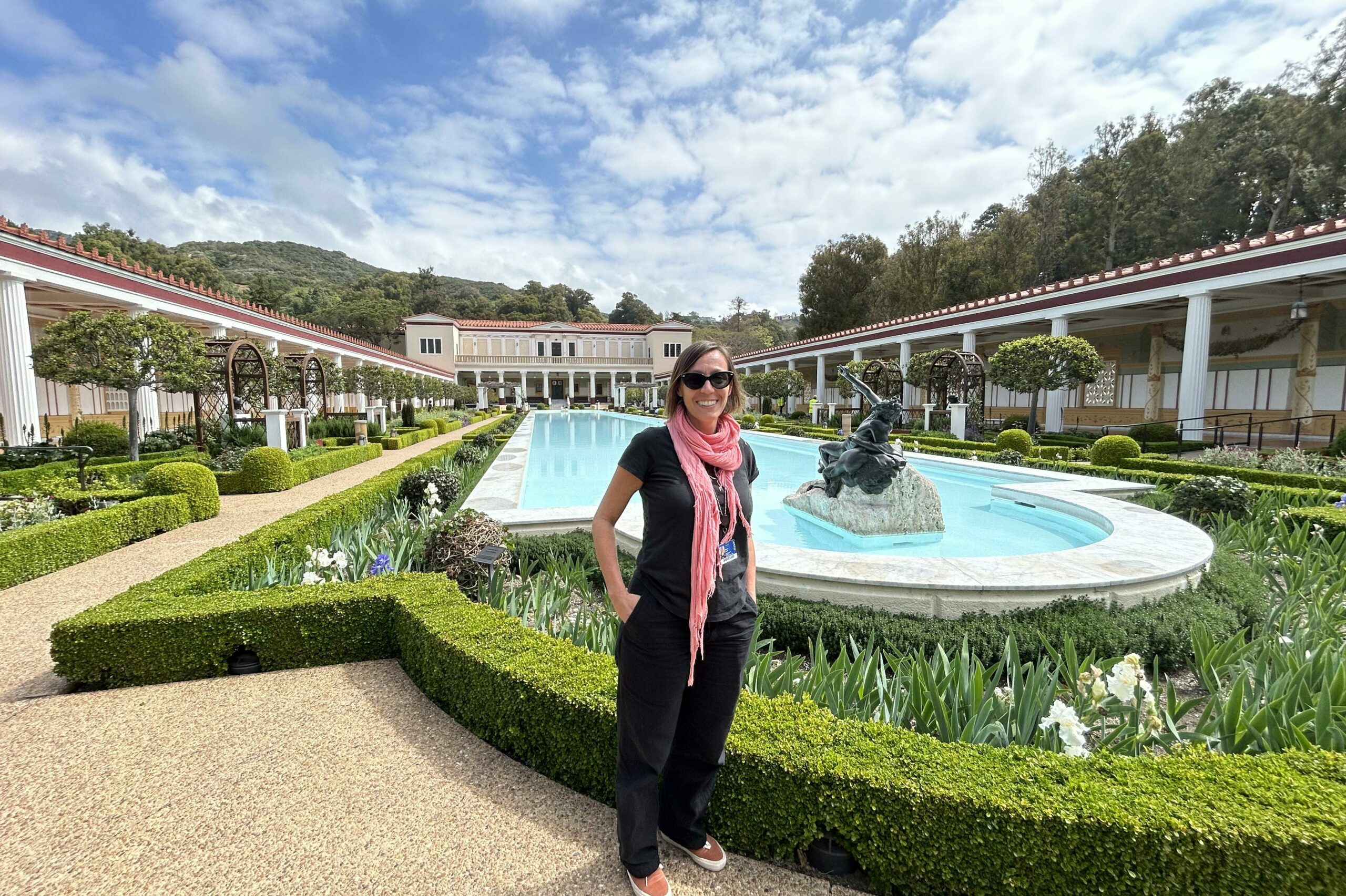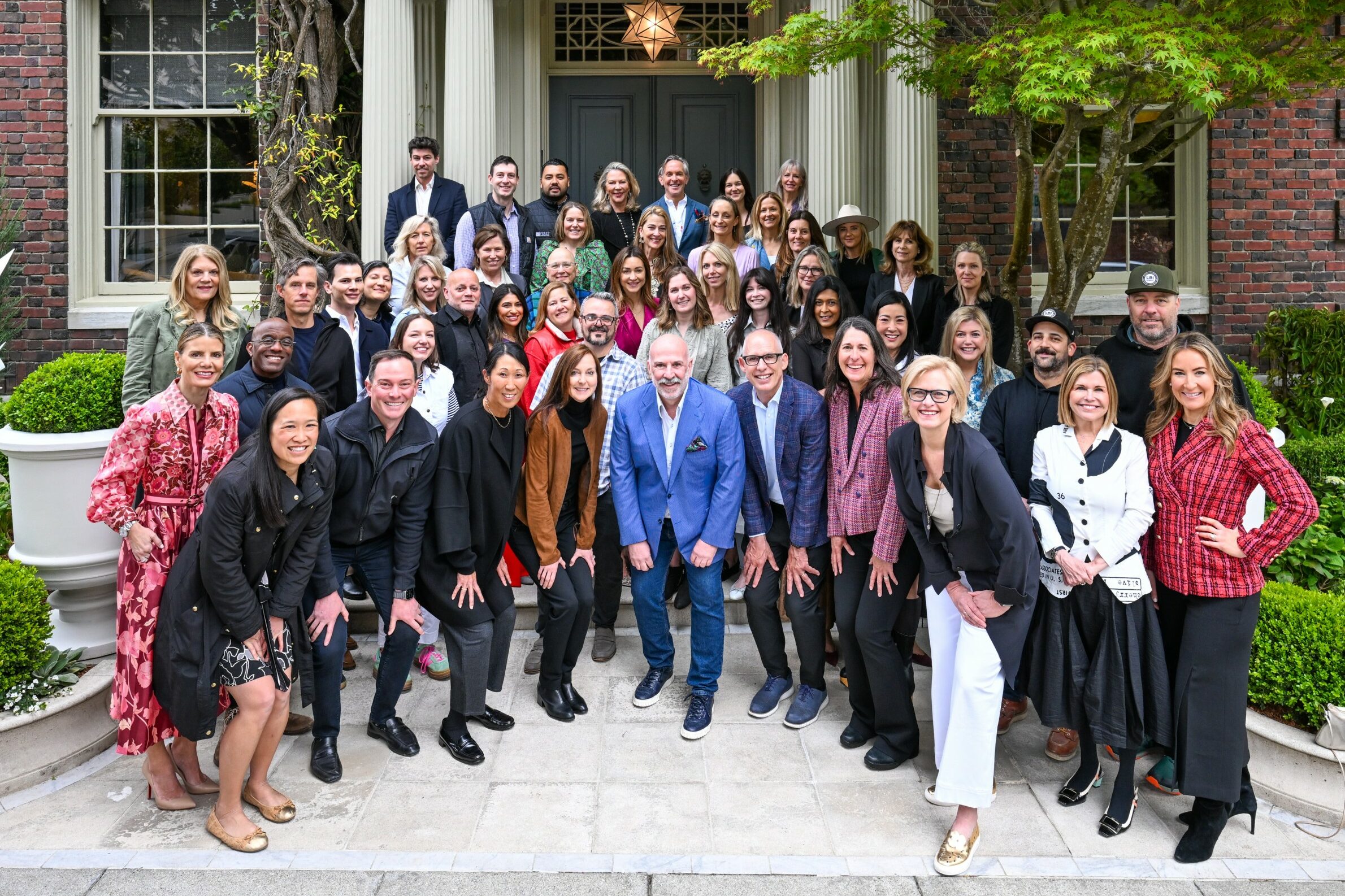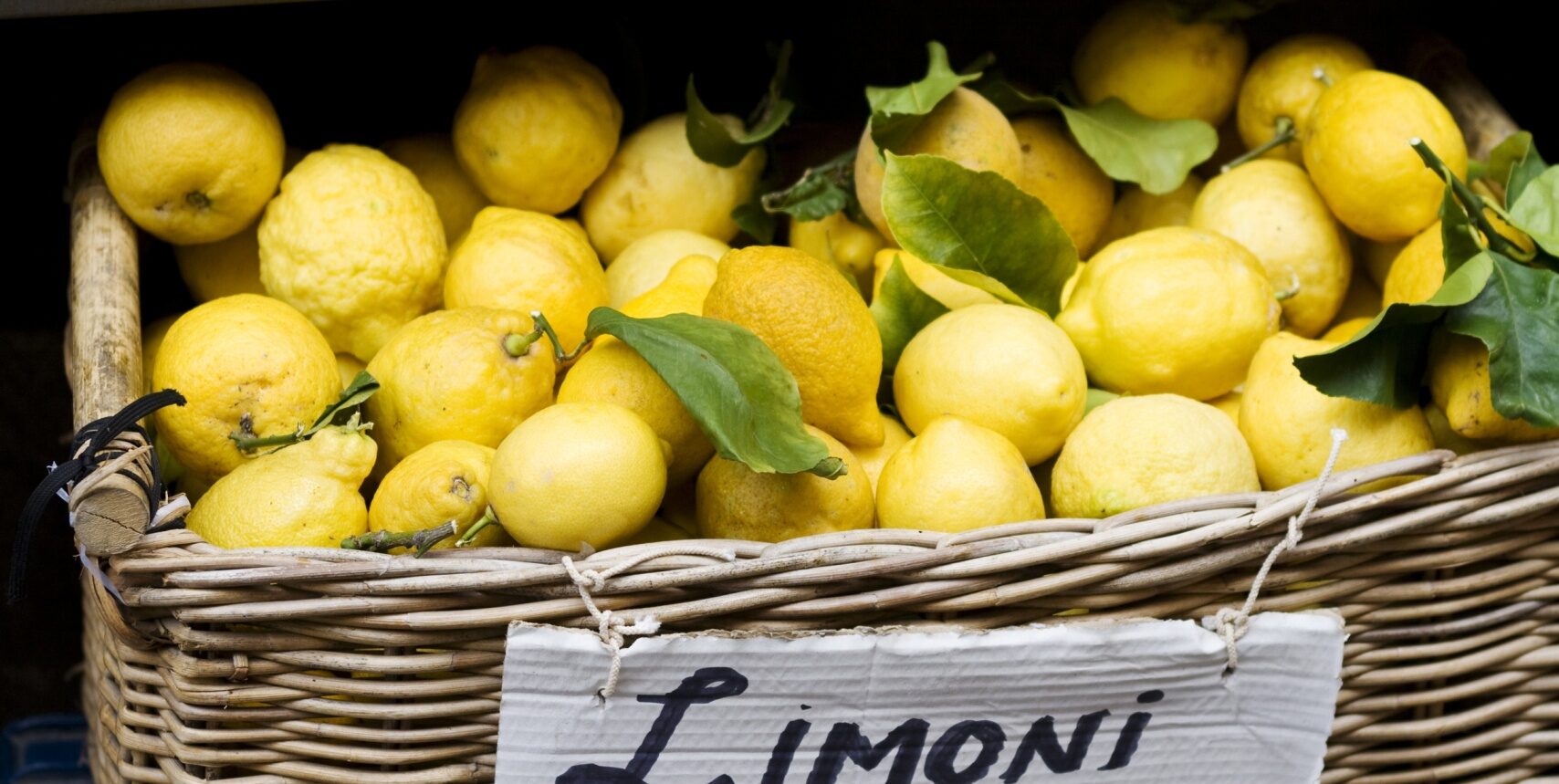Efficient, fast paced and cosmopolitan, Milan is often misunderstood and underrated by tourists, who usually prefer to visit Rome, Florence and Venice. The stunning Duomo with its unique shape and look, and the Navigli, the city’s canals built by Leonardo da Vinci, seem to get all the attention, while many of the city hidden gems go unnoticed, sometimes even by locals. There are, however, must see spots and must do experiences that would transform a vacation in Milano from so-so to stellar, from enjoying an apertivo just like locals do to discovering pieces of art that are unique and stunning. Real beauty is around each corner of the city – one just has to know where to look.
Vigna di Leonardo, Corso Magenta 65. Right in front ot Santa Maria delle Grazie, where one can admire Leonardo’’s Last Supper, a new museum has opened its doors inside stunning Casa degli Atellani, the only building in the street that still retains its Renaissance looks. Be amazed by the Zodiac Hall, with the star signs painted in the lunettes and surrounded by planets, the Rose of winds and figures representing the four seasons; continue through the Luini Hall, where portraits of the Sforza family are kept, and on to Leonardo’s vineyard. Given to the artist in 1482 as a welcome present when he moved to Milano to work for Ludovico Sforza, Duke of Milan, Leonardo’s vineyard was replanted in 2015 with the same grapes along the original planting rows, and is now reborn, an oasis of green in the middle of the city.
Chiesa di San Maurizio al Monastero Maggiore, Corso Magenta 15. From the outside this imposing church may look like a regular Renaissance religious building, but once inside visitors are in for a surprise that leave most speechless: the walls and ceilings are beautifully decorated with frescoes that have won the church the title of “the Sistine chapel of Milan”. Because the church was once attached to a cloistered convent, the front of the church is separated from where the back, where the nuns used to sit, by thick wooden wall: access the nun quarters by walking through the little door on the left of the altar and be prepared to be even more stunned, as the frescos in the large back room are even more impressive than the ones in the front.
Ex Albergo Diurno Cobianchi, Piazza del Duomo 19/a. At the beginning of the 1900s, alberghi diurni –literally day hotels– were popular with travelers who needed a place to bathe and refresh themselves during long layovers: the one by Piazza del Duomo, built in the 1920s, is a beautiful example of liberty and art deco styles and, after being closed for decades, it has been refurbished and transformed in a urban lounge, a cosmopolitan sitting room where people can learn more about the history of Milan, listen to music, participate to workshops and lectures, use the free restrooms and wi-fi network and charge their phones and cameras before diving back into street to explore the city.
Triennale di Milano, Viale Alemagna 6. Crazy about modern design? Don’t miss the Triennale Museum, entirely dedicated to all things design-related, from futuristic kitchens to typewriters, from cutting edge lamps to unique pieces of furniture. Milano is the Italian capital of design and fashion and at the Triennale you will definitely feel it: open every day until 11 pm, its modern and hip vibe draws a young crowd of artists and art enthusiasts, as does the Terrazza Triennal, a restaurant and café with unparalleled views of Parco Sempione and the skyline.
Mercato Metropolitano, Porta Genova. Born as a temporary “Outside Expo” project, the Mercato Metropolitano has had so much success since opening it is now transitioning into becoming a permanent attraction. Located in Porta Genova, close to the popular Navigli area, the Mercato has been created like a real farmers market in an area of about 160,000 square feet. Visitors can browse and buy products from hundreds of producers, tons of street food and regional specialties, but can also enjoy a side dish of culture at the amphitheater, where seminars and symposiums about food take place daily. This is a place where young and old alike meet and greet, try new foods and have drinks in an atmosphere that can only be described as relaxed and down to earth. Prices, too, are very reasonable, making it perfect for those traveling on a budget.
